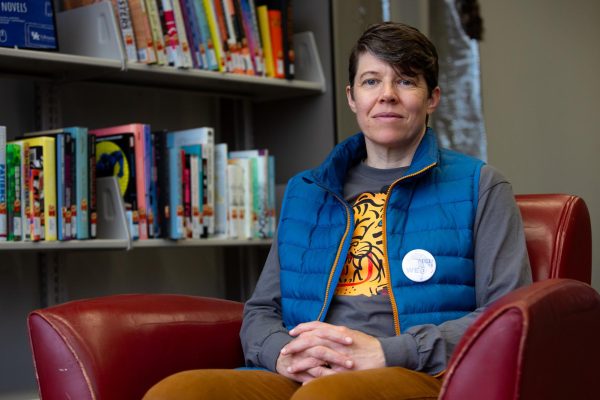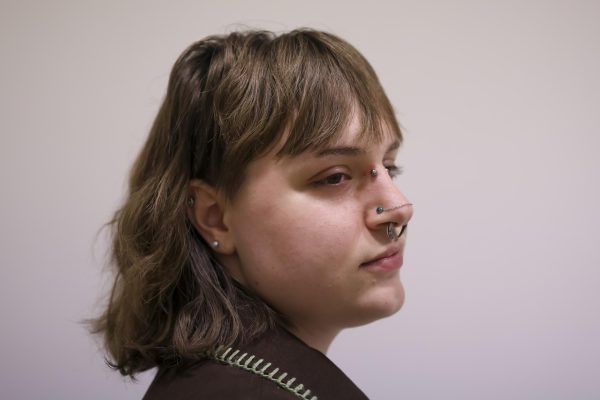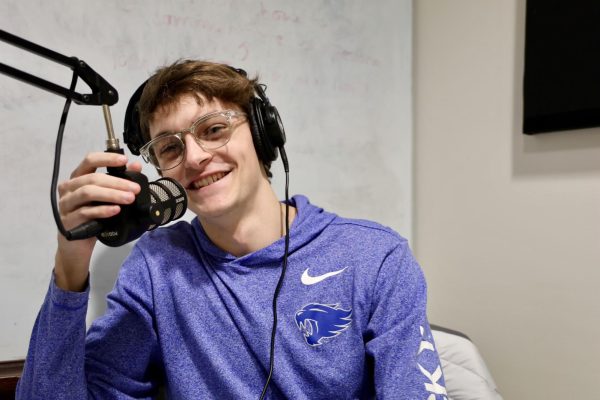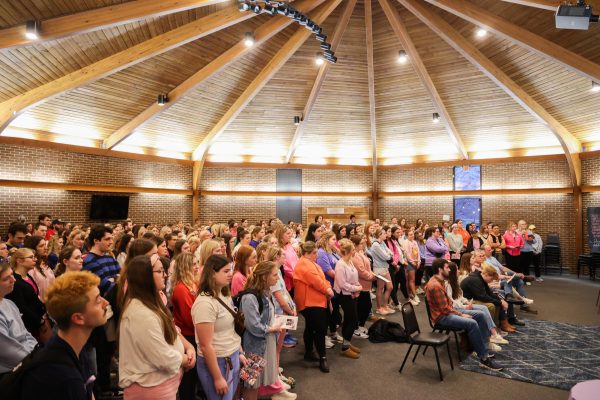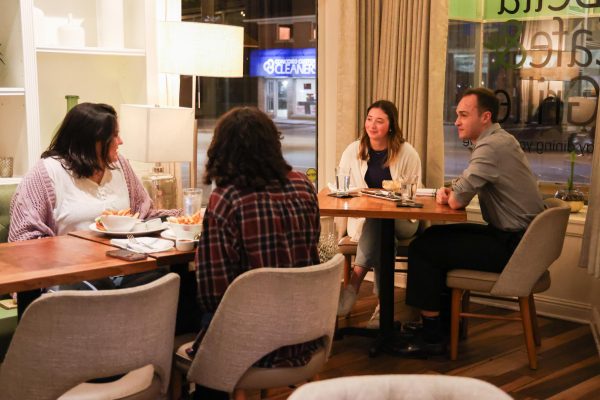UK group practices Brazilian martial art, incorporates music
April 17, 2016
The UK Capoeira Club was founded in November 2007 by two UK students, Eduardo Rienzi and Alfonso Suarez, the club’s first president. Capoeira is a Brazilian martial art that combines elements of dance, acrobatics and music, and it is usually referred to as a game. It was founded by Brazilian slaves from West Africa to maintain a healthy body and mind.
Ray “Charuto” Jordan is the current instructor in charge of the group at UK and also works at Kentucky State University.
The club has about 10 active members, and they train three days a week – 5-7 p.m. Tuesdays at Buell Armory, 6-8 p.m. Fridays at Buell Armory, and 10 a.m. to 12 p.m. Saturdays at Barker Hall. They practice the physical movements of capoeira on Tuesdays and Saturdays, and they train to music on Fridays.
Classes typically start with warm-ups and then move on to various kicks, escapes, acrobatic movements and other combinations.
The specifics of what and how they train vary and depend on students’ skill levels.
Steven Shofner, a second-year pharmacy graduate, has been training for six years. He did taekwondo when he was about six years old and continued for about seven years before having to quit.
Having been passionate about martial arts since he was young, Shofner is now a yellow/green cord, the second rank of the capoeira ranking system, and the current president of the club.
“It was something I really enjoyed, and after I stopped training taekwondo, I really missed being involved in martial arts,” he said. “So when I came to UK, I decided to … try out capoeira and fell in love with it.”
When new students come, they practice the basic movements of capoeira. Some include basic footwork called “ginga,” an inside crescent kick called “meia lua de frente” and an outside crescent kick called “queixada.”
Besides physical movement, training also involves music. Music classes are more laid-back, and the club members go over various capoeira songs and practice playing the instruments. The main instruments of capoeira are a single-string instrument called “berimbau”, a type of drum called “atabaque,” a handheld drum called “pandeiro” (similar to a tambourine), a bell called “agogo” and a metal-scraping percussion instrument called “reco-reco.” The songs are all in Portuguese and have a call-and-response style.
Shofner said capoeira is a fluid martial art, but he also said one of his favorite things about capoeira is that it’s much more than just a martial art — it incorporates aspects of Brazilian culture, music plays a huge role, there are elements of dance and, overall, everyone involved feels like family.
“The feeling of a family is one of the things that stood out to me about capoeira compared to taekwondo once I got involved,” he said.
Brittany Waiters Nevitt, a second-year counseling psychology graduate, has been doing capoeira for six years since she has been at UK.
“Definitely you get physical health, but also, you get a great sense of African and Brazilian culture,” she said. “We learn to sing the songs and learn to play the instruments, not just the CDs. Lots of people will learn the language.”
Yanda Cheng, a chemistry freshman, said he tried several clubs before he eventually chose capoeira. Cheng said an important aspect of the martial art is cooperation.
“If you want to kick your partner, you need to use your body to tell them like a kind of dance,” Cheng said. “The thing that has been the most valuable for me, though, are the friendships I have made. I know people in California, Hawaii, Japan, South Korea, China, Tennessee, Richmond, Kentucky and other places all through capoeira.”
For Nevitt and Cheng, one of the club’s greatest traits is the atmosphere of “seamless connectedness” through effort. Capoeira is not suited to just “fit” people or a certain type of people.
“Many women around the world do this,” Nevitt said. “It is not like a masculine thing.”












































































































































